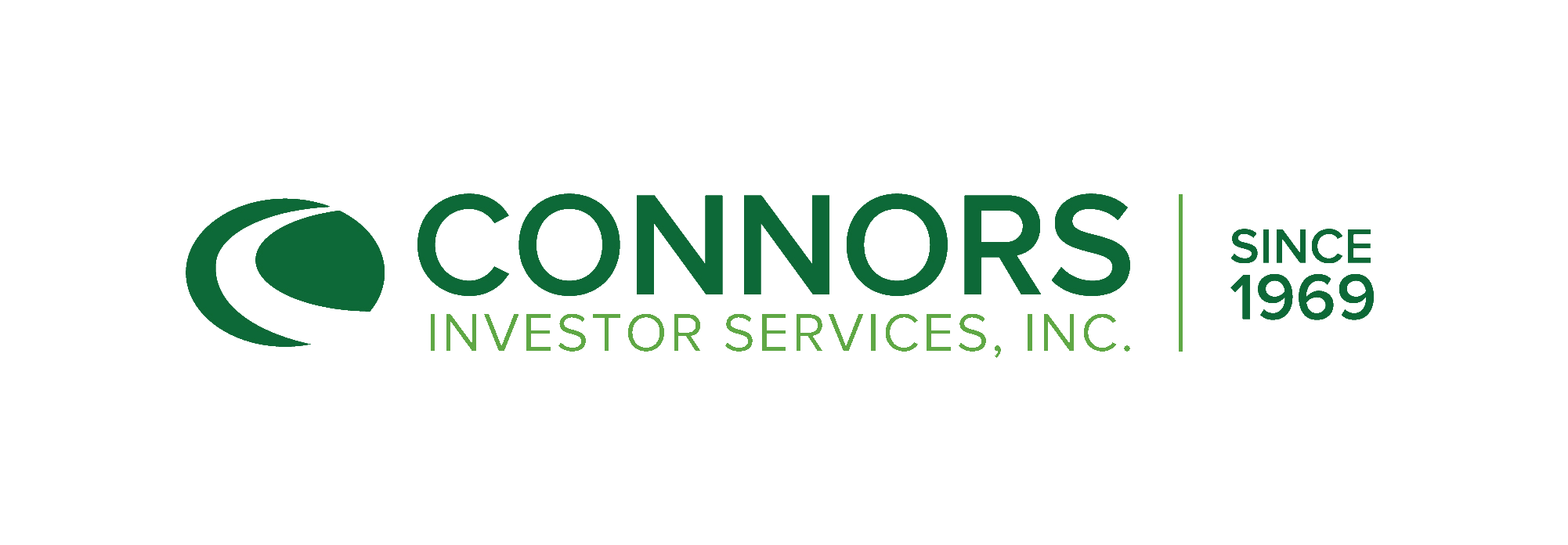2023 Q1 Income and Growth Commentary
by Robert Cagliola, CFA and Robert Hahn, CFA, on April 01, 2023
“No matter how long the Winter, Spring is sure to follow.” Following a volatile 2022, the preceding English proverb comes to mind. The first quarter started strong out of the gate, with the S&P 500® Index up 6.18% through the end of January as many stocks which sold off in Q4 rebounded sharply due to short covering and hope that the Fed’s rate hiking cycle was nearing an end.
In February, though, Winter for the market again reared its head, with the S&P 500® selling off roughly 8% from February into mid-March. Investor concerns grew from the Fed’s hawkish tones around keeping rates higher for longer, then were amplified with the collapse of Silicon Valley Bank as the effects of rate hikes began causing stress in the banking system. The quarter ended on a high note as the market then rebounded approximately 6.50% from March lows to end the quarter up 7.49% following the announcement of the Fed’s Bank Term Funding Program, which provides emergency liquidity to U.S. depository institutions to help assure that banks have the ability to meet the needs of their depositors.
Inflation continues to decline at 4.98% year over year as measured by the Consumer Price Index (CPI). While down from last June’s highs, it remains elevated, with food and shelter inflation proving to be somewhat sticky. The Fed responded by increasing the Fed Funds rate by 0.25% to 4.75% - 5.00%, the highest since 2007, and Fed forecasts suggest another rate hike may be at the next meeting in May. That said, while inflation has proven stubborn, this rate hike cycle appears to be nearing an end. The Fed must now balance its goal of lowering inflation without creating additional stress to the banking system and possibly causing a hard landing. Fed officials are forecasting further easing inflation to 3.30% by year-end. While U.S. GDP forecasts still project growth in 2023, they have declined to 0.40% from an estimated 2.20% in the first quarter as rate hikes and tighter bank lending are expected to lead to decelerating growth in the second half of the year.
During the first quarter, Technology and Communication Services were the strongest performing sectors, up 21.49% and 20.18%, respectively, with much of the gains driven by mega-cap names such as META +76%, AAPL +27%, AMZN +23%, and MSFT +21%. Underperforming sectors included Financials -6.05%, Energy-5.57%, Healthcare -4.72%, and Utilities -4.04%. The bond market continues to indicate possible recession concerns as the yield on the 10-year U.S. Treasury closed the quarter just under 3.50%, thus widening the spread between the 2-year and 10-year U.S. Treasury by -100 basis points, the most inverted since 1981. Most commodities continue to decline from recent highs, led by energy sector stocks which suggest moderating macroeconomic growth. Stock performance in the second quarter and into year-end will likely depend on continuing moderation in inflation and, ultimately, earnings forecasts. We expect markets to remain volatile but could see further upside if the Fed rate hiking cycle is soon complete.
Portfolio Equity Positioning
At the start of the New Year, the portfolio positioning remained defensive as we maintained sector overweight exposures to Consumer Staples and Health Care, continuing to believe that markets would remain particularly volatile throughout the quarter. We also looked for opportunities to add to quality secular growth and cyclical names found within lightly weighted sectors such as Consumer Discretionary and Technology. Adobe (ADBE), Advanced Micro Devices (AMD), and American Tower (AMT) were added as new positions, while the weighting in Microsoft (MSFT) was increased on a pull-back in early March. Likewise, weightings were increased in Amazon (AMZN) and Disney (DIS), with the latter being more of an idiosyncratic opportunity, with the return of former CEO Bob Iger as a catalyst to refocus the business operationally. Positions sold included Qualcomm (QCOM) – which was switched out for AMD, and PNC Financial (PNC) – impending regulatory and operational headwinds for the industry. At quarter end, the portfolio maintained the largest sector overweight exposures in Consumer Staples and Health Care while Financials, Communication Services, and Technology continued to have the largest sector underweight exposure.
Outlook
The current market environment is very challenging, with valuation levels pushing to the upside of normal bounds. The economy is still growing albeit, unevenly, creating challenges in manufacturing while the consumer exhibits spotty spending patterns as confidence is low and continues to fade. Furthermore, banks will continue to tighten lending standards, thus limiting access to capital and growth opportunities for many small and medium-sized businesses. As a result, our view is that company earnings could be challenged over the next few quarters, thereby elevating market volatility until more clarity can be sighted. The market will react positively to an end of Fed rate hikes, but it remains to be seen if this will be lasting. As such, dividend paying equities hould be a good hedge going forward and into any market pull-backs. With that said a portfolio should also retain exposure to secular growth industries that will maintain value in a downturn and participate in any recovery. We will continue to maintain a balance in each exposure while maintaining a larger weighing in our defensive holdings.
Important Disclosures
This material is being provided for informational purposes only. Any information should not be deemed a recommendation to buy, hold or sell any security. Certain information has been obtained from third-party sources we consider reliable, but we do not guarantee that such information is accurate or complete. This report is not a complete description of the securities, markets, or developments referred to in this material and does not include all available data necessary for making an investment decision. Prior to making an investment decision, please consult with your financial advisor about your individual situation. Investing involves risk and you may incur a profit or loss regardless of strategy selected. There is no guarantee that the statements, opinions or forecasts provided herein will prove to be correct. Opinions are subject to change without notice.
Please remember that past performance may not be indicative of future results. Different types of investments involve varying degrees of risk, and there can be no assurance that the future performance of any specific investment, investment strategy, or product (including the investments and/or investment strategies recommended or undertaken by Connors Investor Services, Inc. [“Connors]), or any non-investment related content, made reference to directly or indirectly in this commentary will be profitable, equal any corresponding indicated historical performance level(s), be suitable for your portfolio or individual situation, or prove successful. Due to various factors, including changing market conditions and/or applicable laws, the content may no longer be reflective of current opinions or positions. Moreover, you should not assume that any discussion or information contained in this commentary serves as the receipt of, or as a substitute for, personalized investment advice from Connors. Historical performance results for investment indices, benchmarks, and/or categories have been provided for general informational/comparison purposes only, and generally do not reflect the deduction of transaction and/or custodial charges, the deduction of an investment management fee, nor the impact of taxes, the incurrence of which would have the effect of decreasing historical performance results. It should not be assumed that your Connors account holdings correspond directly to any comparative indices or categories. Please Also Note: (1) performance results do not reflect the impact of taxes; (2) comparative benchmarks/indices may be more or less volatile than your Connors accounts; and, (3) a description of each comparative benchmark/index is available upon request.






